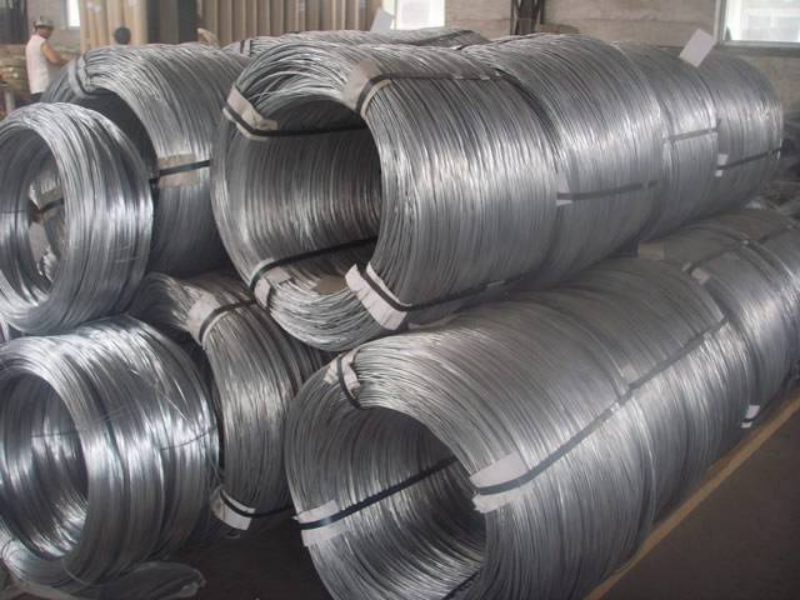
- Mobile Phone
- +8613931874955
- sales@cntcmetal.com
reinforcing bar positioners
Reinforcing Bar Positioners Enhancing Concrete Reinforcement Efficiency
In the construction industry, the role of reinforcing bars, commonly known as rebar, is paramount to providing tensile strength and support to concrete structures. To ensure that these bars are placed accurately and efficiently, the introduction of reinforcing bar positioners has revolutionized the way contractors and builders approach concrete reinforcement. This article explores the significance of rebar positioners, their benefits, and their application in modern construction.
What are Reinforcing Bar Positioners?
Reinforcing bar positioners are devices or tools used to accurately set and hold reinforcing bars in the correct position during the placement of concrete. These positioners are critical in ensuring that rebar is installed in the required alignment, spacing, and elevation according to engineering specifications. By providing a reliable method to stabilize and support rebar, positioners help maintain the integrity and durability of concrete structures.
The Importance of Proper Rebar Placement
Proper placement of reinforcing bars is essential for several reasons. Firstly, accurate positioning ensures optimal load distribution across the concrete structure, reducing the risk of structural failure. Secondly, it helps prevent corrosion of the rebar by ensuring that concrete properly encases it, providing necessary protection against environmental factors. Consequently, precise placement improves the longevity and maintenance of the construction, offering long-term economic benefits.
Benefits of Using Rebar Positioners
1. Improved Accuracy The primary benefit of using rebar positioners is the enhancement of placement accuracy. When bars are positioned correctly, it minimizes the chances of construction errors, which are often costly and time-consuming to rectify.
2. Increased Efficiency Positioners allow workers to handle multiple bars simultaneously, significantly speeding up the reinforcement process. This efficiency is critical on large construction sites, where time equates to money.
3. Consistent Quality With the use of positioners, workers can achieve a uniform standard of rebar placement, which leads to consistent construction quality throughout the project. Consistency is vital as it aligns with engineering standards and building codes.
reinforcing bar positioners

4. Safety Enhancement By stabilizing the rebar in place, positioners reduce the risk of accidents on site, such as tripping hazards or falling materials. A safer work environment is beneficial for both workers and overall project management.
Types of Rebar Positioners
There are several types of rebar positioners available, catering to various construction needs. These include
- Plastic or Steel Chairs These simple devices lift and support rebar off the ground, ensuring proper concrete cover and spacing.
- Rebar Spacers Similar to chairs, spacers come in various forms and serve to maintain the desired distance between multiple layers of rebar.
- Ball or Hook Positioners These are used when certain angles or supports are needed, offering further customization for complex designs.
Applications in Modern Construction
Reinforcing bar positioners find applications in various construction projects, from residential buildings to large infrastructure projects like bridges and highways. Their use is particularly evident in precast concrete elements, where precision is essential to the integrity of the structures. Moreover, as construction practices evolve towards greater automation and efficiency, positioners are increasingly integrated into robotic systems and advanced concrete placing technologies.
Conclusion
Reinforcing bar positioners are indispensable tools in the realm of concrete construction. They not only promote accuracy and efficiency but also enhance the overall quality and safety of the building process. As the construction industry continues to innovate and search for methods to optimize workflow, the importance of tools like rebar positioners will undoubtedly grow. Embracing these advancements can lead to more robust and reliable structures, setting new standards in construction quality and performance. The future of construction looks promising with the ongoing development of technologies aimed at making reinforcing bar placement smarter, faster, and safer.
share:
-
Your Source for Concrete Wall Ties and Masonry AccessoriesNewsJul.10,2025
-
Unlocking the Power of Iron Wire for Every ProjectNewsJul.10,2025
-
Explore Advanced Chain Wire and Stainless Steel Mesh FencingNewsJul.10,2025
-
Discover the Benefits of Annealed Wire ProductsNewsJul.10,2025
-
Discover China Stainless Steel Wire Mesh SolutionsNewsJul.10,2025
-
Build with Confidence Using High-Performance Masonry AccessoriesNewsJul.10,2025
-
Why Sacrificial Formwork Is Redefining Underground ConstructionNewsJun.06,2025



















